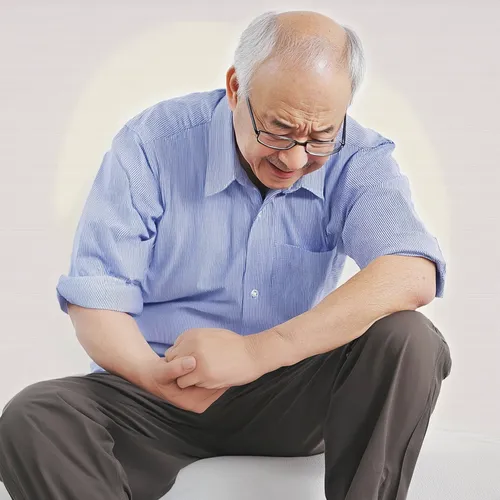Ever heard of osteoarthritis? It’s the most common form of arthritis, affecting millions worldwide. Let’s dive into what it is, who’s at risk, and how to manage it.
The Nuts and Bolts of Osteoarthritis
Osteoarthritis isn’t just your run-of-the-mill joint pain. It’s a degenerative condition that occurs when the cartilage – that rubbery stuff protecting your bones – starts to wear away. As it progresses, your bones begin to rub against each other, causing inflammation, pain, and stiffness. Ouch!
But here’s the kicker: it’s not just about worn-out cartilage. The entire joint, including surrounding tissues, gets in on the act. And while it can affect any joint, it’s particularly fond of setting up shop in your knees, hips, spine, and hands.
Who’s in the Firing Line?
You might think osteoarthritis is just an old person’s problem, but that’s not entirely true. While it’s more common after 45, it can strike at any age. Women, unfortunately, draw the short straw here – they’re more likely to develop osteoarthritis than men.
Interestingly, the World Health Organization reports that about 70% of people with osteoarthritis are over 55. But don’t think you’re off the hook if you’re younger! Athletes and those who’ve had joint injuries are also at risk.
The Tell-Tale Signs
So, how do you know if you’ve got osteoarthritis? Well, it’s not exactly subtle. You might experience:
- Swelling and inflammation in your joints
- Stiffness that feels like your joints have rusted overnight
- Pain that just won’t quit
- Sudden difficulty moving a joint
- A cracking or clicking noise when you move (and no, it’s not applause)
These symptoms often worsen throughout the day, especially in damp weather or after periods of inactivity. So if you find yourself hobbling out of the cinema, osteoarthritis might be the culprit.
Are You at Risk?
Now, you might be wondering if you’re in osteoarthritis’s crosshairs. Well, a few factors can increase your risk:
Being overweight is a big one, especially for knee osteoarthritis. Those extra pounds put a lot of strain on your joints. Women are also more likely to develop osteoarthritis, particularly in their hands after menopause.
If you’ve had repeated injuries or fractures, your risk goes up. And if you’re constantly overusing or straining a particular joint – whether through work or hobbies – you’re also more likely to develop osteoarthritis. It’s particularly common in former athletes.
Can You Dodge the Osteoarthritis Bullet?
While there’s no surefire way to prevent osteoarthritis, you can certainly stack the odds in your favour. Maintaining a healthy diet and weight is crucial. Regular exercise is also key – it helps prevent weight gain and keeps your joints from getting too stiff.
Diagnosis and Prognosis
If you suspect you might have osteoarthritis, a visit to your doctor is in order. They’ll likely diagnose it based on your symptoms and medical history, possibly with a physical examination thrown in for good measure. In some cases, they might order an x-ray to confirm the diagnosis and see how far the disease has progressed.
Now, don’t panic if you’re diagnosed with osteoarthritis. It usually progresses slowly over years and often remains a mild problem. Most people can carry on living a normal life with proper management.
Treatment: Your Arsenal Against Osteoarthritis
While there’s no cure for osteoarthritis, there’s a whole range of treatments available to help you manage symptoms and maintain your quality of life.
Exercise is a cornerstone of osteoarthritis management. It helps strengthen the muscles supporting your joints and improves joint mobility. Swimming, walking, and stationary cycling are great low-impact options.
If pain is your main issue, there are several types of medications that can help. These range from over-the-counter painkillers like paracetamol to stronger prescription drugs.
In severe cases, joint replacement surgery might be necessary. It’s become quite common, especially for hip and knee joints, and can significantly improve quality of life.
The Power of Self-Care
Never underestimate the importance of self-care in managing osteoarthritis. Simple things like applying heat to stiff joints or using a walking stick can make a big difference.
Staying active and maintaining a healthy weight are crucial. The WHO emphasises the importance of tailored care plans, so don’t hesitate to work with your healthcare provider to find what works best for you.
Remember, while osteoarthritis can be challenging, it doesn’t have to define your life. With the right management strategies, you can continue to live an active, fulfilling life. So don’t let osteoarthritis get you down – stand tall (or sit comfortably) and take control of your joint health!
Photo “Osteoarthritis” by Anthony Cunningham for Zoom Health
Zoom Health is a leading UK supplier of Home Health Tests and Earplugs





